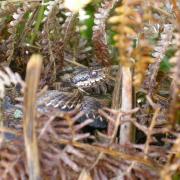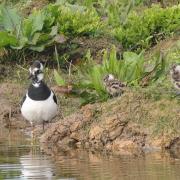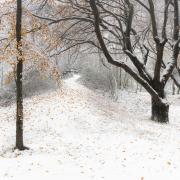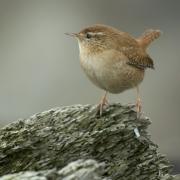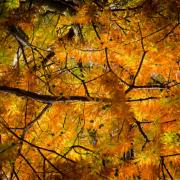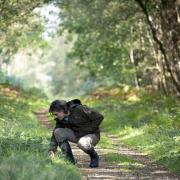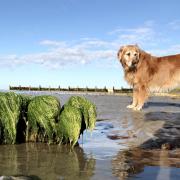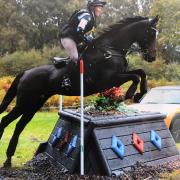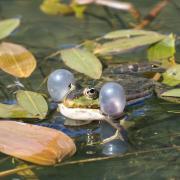As winter looms on the horizon, swallows and house martins are collecting for their long journey south. Mike Russell explains where you can see them start off on their travels...
ONE of the beautiful, but rather melancholy sights of the late summer and autumn is the gathering of swallows and house martins ready for their long journey south to Africa. It's there, of course, where they'll spend the winter. Some of these gatherings can be huge in number and in some parts of Sussex are quite spectacular.Migration is just one of nature's awesome spectacles. Millions and millions of birds make this long and extremely dangerous journey twice a year and perhaps for us here in the northern hemisphere, swallows and house martins are the archetypal migrant birds. Their arrival heralds the onset of summer and the sight of these birds congregating in early autumn reminds us that winter is on its way.
Our swallows winter in South Africa and to get there they cross open sea, mountains, desert and rainforest, alongside the ever-present dangers of predators, storms and continual diminishing habitats. Having arrived, maybe as far down as the Cape, they have just two or three months to feed, regain their strength and replenish their feathers to ensure tip-top condition for the return journey to Europe. It's a humbling thought that should you see swallows on your holidays in South Africa they might just be the ones hawking insects over the fields or around your house in Sussex!Sadly populations of both these species are declining in Southern England, including Sussex. Henfield Birdwatch has been monitoring the population of the birds in its parish and has recorded declines in the breeding pairs between 2000 and 2005. That pattern has been replicated across the county reflecting loss of nesting sites, changes in habitats and declining insect populations. For house martins in particular, the dry summers (this year notwithstanding!) have led to a lack of available mud to build their nests and this is a significant factor in their decline. Many people have commented that over the last few years 'their' birds no longer build their beautiful mud-cupped nests under the eaves of the house.Swallows and house martins are both superb acrobats designed for a life in the air and late summer/early autumn is a good chance to go and see them in numbers as both youngsters and adults fly together preparing themselves for the long migration to Africa. They are often joined by their less common cousins the sand martins and also swifts, so sometimes flocks can contain hundreds and sometimes thousands of birds.These flocks will often feed over lakes and reservoirs and a good time to see them is early evening as, when the temperature drops, insects are nearer to the surface of the water. The wonderful spectacle of swallows and martins expertly hawking just inches above the surface taking in food can be observed at any of our reservoirs or gravel pits, such as those at Chichester or around Rye Harbour...
Sussex Wildlife Trust, Woods Mill, Henfield,West Sussex BN5 9SD01273 492630www.sussexwt.org.ukWildCall (wildlife information service) 01273 494777
;



